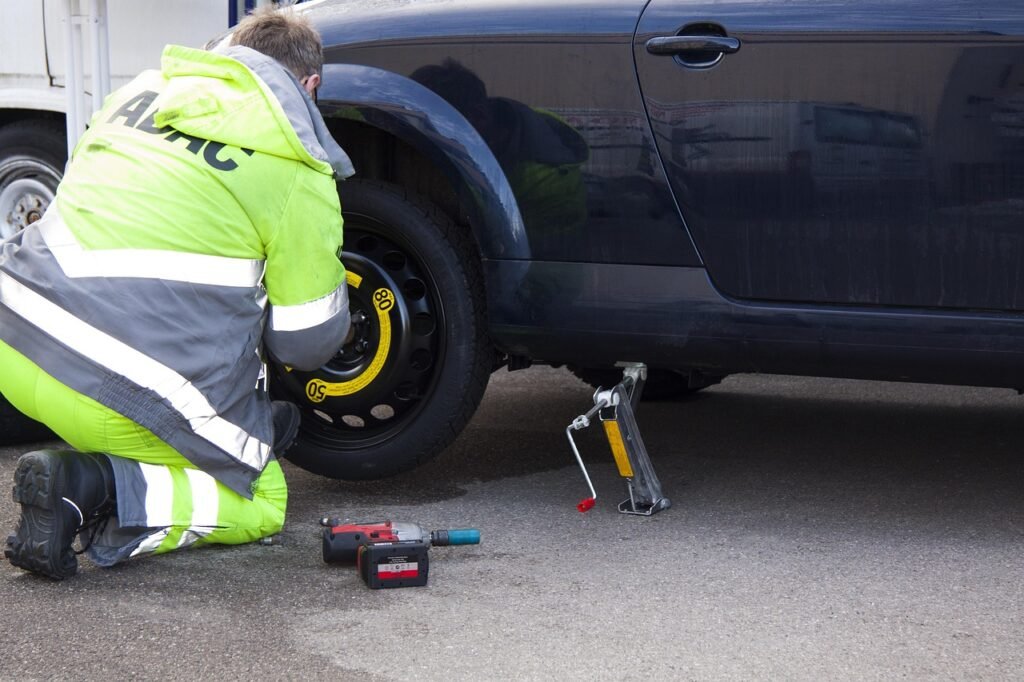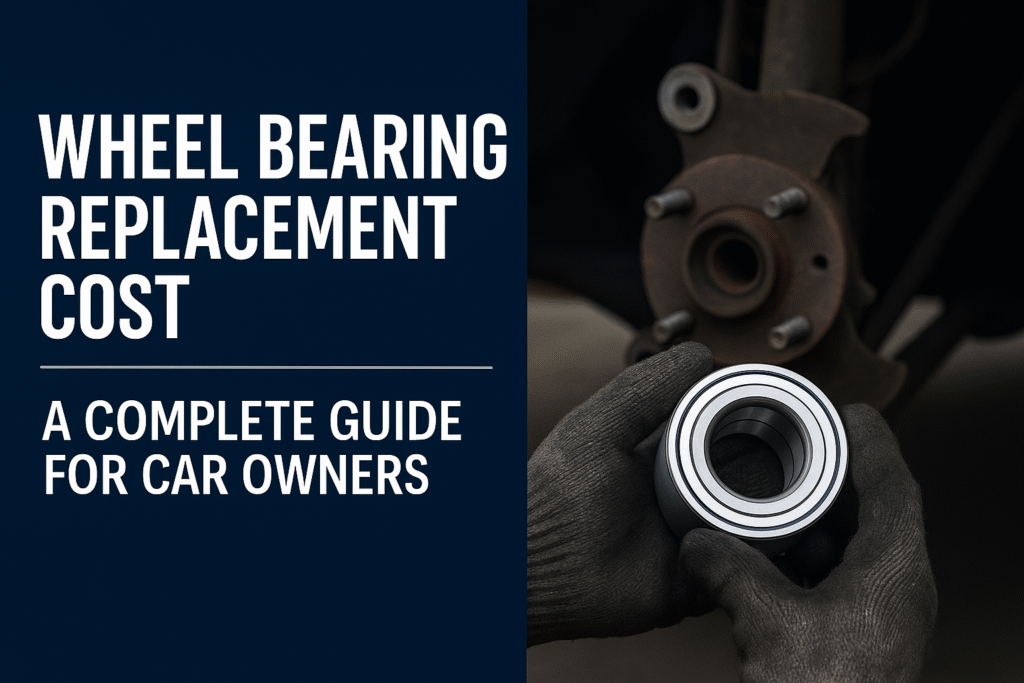If you’re an avid kayaker, you know how important it is to transport your kayak securely and efficiently. A good kayak rack for your vehicle is the best solution for safely carrying your kayak to the water. Whether you’re planning a weekend trip or embarking on a longer kayaking adventure, having the right rack is essential for ensuring your kayak is transported safely without damaging your vehicle or kayak.
In this comprehensive guide, we’ll walk you through the different types of kayak racks, how to choose the best one for your vehicle, tips for installation, and what to look for when buying a kayak rack.
What is a Kayak Rack?
A kayak rack is a device mounted on a vehicle to secure and transport kayaks safely. These racks allow kayakers to avoid the hassle of carrying their kayak inside the car or on a trailer, offering a more practical and secure solution for transporting kayaks over long distances. Kayak racks come in various designs, and selecting the right one depends on your vehicle type, kayak size, and how often you plan to transport your kayak.
Benefits of Using a Kayak Rack
- Protects your vehicle and kayak: Prevents scratches, dents, and other damage during transportation.
- Makes loading and unloading easier: With a properly installed rack, you can load and unload your kayak without too much effort.
- Increases security: With lockable kayak racks, your kayak is less likely to be stolen during transport.
- Maximizes space: By keeping your kayak on the roof or hitch, you free up space inside your vehicle for other gear.
Types of Kayak Racks
There are several types of kayak racks available, each suited for different vehicles and kayaking needs. Let’s explore the most popular types.
Roof-Mounted Kayak Racks
Roof-mounted kayak racks are designed to be installed on top of your vehicle. They are ideal for sedans, SUVs, and hatchbacks that have roof rails. Roof racks are a versatile option, but they do come with certain challenges.
Pros and Cons of Roof-Mounted Racks
- Pros:
- Easy to install and remove.
- Does not block trunk or rear hatch access.
- Great for vehicles with roof rails or crossbars.
- Easy to install and remove.
- Cons:
- Can affect fuel efficiency due to wind resistance.
- Requires lifting the kayak to the top of the vehicle, which can be difficult for solo kayakers.
- Can affect fuel efficiency due to wind resistance.
Hitch-Mounted Kayak Racks
Hitch-mounted kayak racks are attached to your vehicle’s tow hitch. They offer easy loading and unloading, especially for heavier kayaks, and they don’t require lifting the kayak onto the roof.
Pros and Cons of Hitch-Mounted Racks
- Pros:
- Easy to load and unload without lifting the kayak high.
- Suitable for larger or multiple kayaks.
- Does not impact fuel efficiency as much as roof racks.
- Easy to load and unload without lifting the kayak high.
- Cons:
- Requires a functioning tow hitch.
- Limited access to the trunk or rear hatch.
- Requires a functioning tow hitch.
Trunk-Mounted Kayak Racks
Trunk-mounted racks attach to the back of your vehicle and are a budget-friendly option for those without roof rails or tow hitches. They are typically less secure than roof or hitch-mounted racks but still offer good performance for occasional kayakers.
Pros and Cons of Trunk-Mounted Racks
- Pros:
- Affordable and easy to install.
- No need for roof rails or a tow hitch.
- Lightweight and compact.
- Affordable and easy to install.
- Cons:
- Less secure than roof or hitch-mounted racks.
- May interfere with trunk access or rear visibility.
- Can cause potential vehicle damage if not installed properly.
- Less secure than roof or hitch-mounted racks.
J-Cradle Kayak Racks
J-cradle racks are designed to cradle your kayak on its side. This design is particularly space-efficient because it allows you to transport kayaks more securely and take up less space on your vehicle.
Pros and Cons of J-Cradles
- Pros:
- Saves space on the vehicle roof.
- Very secure, reducing the chance of shifting during transport.
- Ideal for transporting multiple kayaks.
- Saves space on the vehicle roof.
- Cons:
- Slightly more challenging to load and unload.
- Can be more expensive than basic roof racks.
- Slightly more challenging to load and unload.
Saddle Style Kayak Racks
Saddle-style racks feature cradles that hold your kayak securely by its hull. These racks provide more contact points, offering better support and protection for your kayak.
Pros and Cons of Saddle Style Racks
- Pros:
- Provides a stable, secure fit for most kayak types.
- Protects the kayak by cradling it along the length of the hull.
- Ideal for long-distance travel.
- Provides a stable, secure fit for most kayak types.
- Cons:
- More complex installation process.
- Can be more expensive than other rack types.
- More complex installation process.
Choosing the Right Kayak Rack for Your Vehicle
Selecting the right kayak rack depends on several factors, including your vehicle type, kayak size, and how often you plan to transport your kayak. Here are key things to consider when choosing a kayak rack:
Vehicle Compatibility
Different vehicles have different requirements for kayak racks. If your vehicle has roof rails, a roof-mounted rack will be an easy fit. If you don’t have roof rails, a hitch-mounted rack or trunk-mounted rack might be a better option. Make sure the rack is compatible with your vehicle’s design and load capacity.
Kayak Size and Weight
Kayaks come in a variety of sizes and weights. Lighter kayaks may be suitable for trunk-mounted or simple roof racks, while heavier kayaks may need more robust racks, such as J-cradles or saddle-style racks.
Kayak Type
Different types of kayaks require different racks. For example:
- Sea kayaks and touring kayaks are usually longer and more streamlined, so a roof-mounted rack or J-cradle rack is ideal.
- Fishing kayaks are typically heavier and wider, requiring a saddle-style rack for added support.
Installation Tips for Kayak Racks
Roof-Mounted Rack Installation
Installing a roof-mounted rack is generally straightforward if your vehicle has roof rails or crossbars. Follow the manufacturer’s instructions carefully, and ensure the rack is tightened securely. Be sure to double-check the installation before driving to avoid accidents.
Hitch-Mounted Rack Installation
To install a hitch-mounted rack, ensure your vehicle has a tow hitch. Attach the rack to the hitch, making sure it is locked in place and stable. Some racks allow for tilt-down features to make loading easier, so look for this feature if you need it.
Trunk-Mounted Rack Installation
For trunk-mounted racks, ensure the straps are tightly secured around the trunk or hatchback. The rack should not move when you push or pull on it. Be cautious of potential scratches or damage to the vehicle’s paint.
Kayak Rack Features to Consider
Security Features
Look for racks with locking mechanisms or anti-theft features to secure your kayak during transport. Some racks have built-in locks that allow you to lock the kayak to the rack, providing additional peace of mind.
Ease of Loading and Unloading
Some racks come with additional features like load-assist systems, rollers, or tilt-down mechanisms to make loading and unloading easier. If you plan on using your kayak rack frequently, these features can make a huge difference in convenience.
Durability and Weather Resistance
Ensure the rack is made of durable materials, such as powder-coated steel or aluminum, to withstand weather and UV exposure. These materials are resistant to rust and corrosion, ensuring a long lifespan for your rack.
Pricing and Value for Money
Kayak Rack Price Range
Kayak racks can range in price from $50 to $400, depending on the type, brand, and features. Budget options like trunk-mounted racks typically cost less, while premium J-cradle or saddle-style racks can be more expensive.
What Affects the Cost of a Kayak Rack?
Factors that affect the price of a kayak rack include:
- Material quality: High-end materials like aluminum and powder-coated steel tend to be more expensive.
- Brand reputation: Established brands may charge more for reliability and design features.
- Additional features: Locks, tilt-down features, and load-assist mechanisms can increase the price.
Conclusion
Choosing the right kayak rack for your vehicle is crucial for safe and efficient kayak transport. Whether you prefer a roof-mounted rack, hitch-mounted rack, or trunk-mounted rack, make sure it is compatible with your vehicle, suits your kayak’s size and weight, and meets your budget. With the right rack, you can enjoy hassle-free kayaking adventures without worrying about kayak damage or safety during transport. Happy paddling!
Frequently Asked Questions (FAQ)
How Do I Secure My Kayak on the Roof Rack?
To secure your kayak, use tie-down straps that tightly hold the kayak in place, ensuring it’s not able to move or shift during transport.
Are Hitch-Mounted Kayak Racks More Secure than Roof Racks?
Hitch-mounted racks tend to be more stable and easier to load, especially for larger or heavier kayaks. They also reduce the risk of wind drag, making them more secure than roof racks.
How Do I Know if My Kayak Rack Is Installed Correctly?
Ensure the rack is tightly secured to your vehicle and that the kayak is held firmly in place. Perform a test by gently shaking the kayak; it should not shift or wobble. If the rack or kayak moves, check the installation again.



